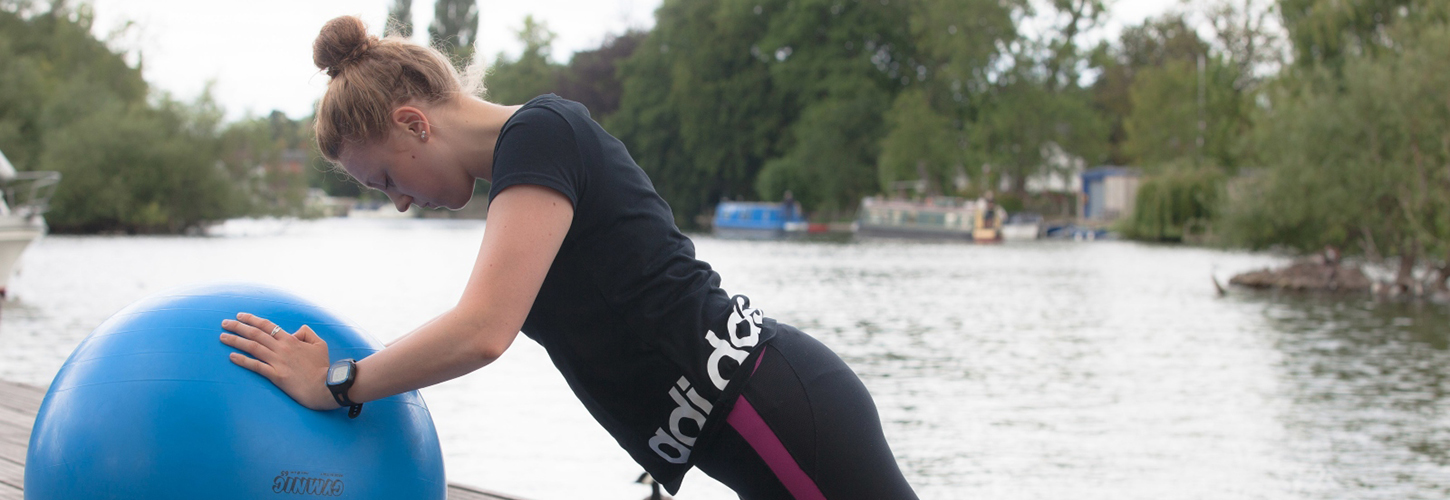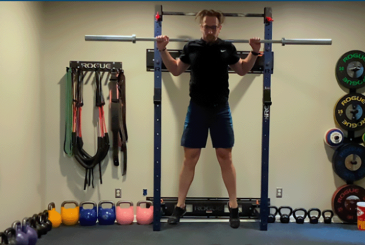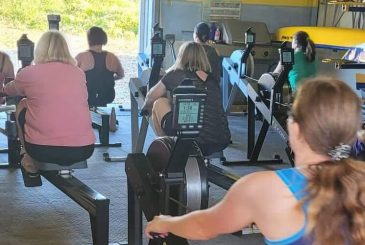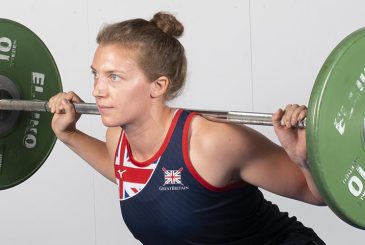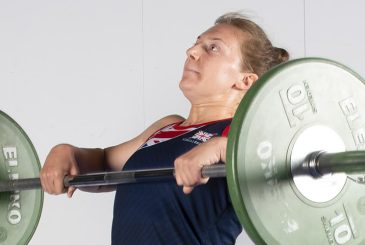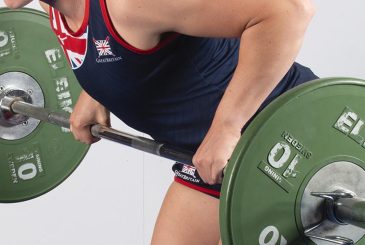Wendy Davies shares exercises that will turn your core weaknesses into core strengths
In our previous pilates article, we looked at engaging the stability muscles around the shoulder. We’re now going to combine more challenging shoulder stabilisation with the deep abdominal stabilisers. This will help to prevent injury when you’re powering through the stroke, and when you’re fatigued at the end of a long water session. We’ll also work the glutes, in combination with the core stabilisers, to maximise performance on the ergo.
Why do these exercises?
- Increased shoulder stability may help prevent injury.
- The gym ball exercise will combine the large gluteal muscles, so important for the leg drive, with the core stabilisers. This helps to maximise efficiency and performance on the ergo – essential for those long sessions in the gym.
Core strength exercises
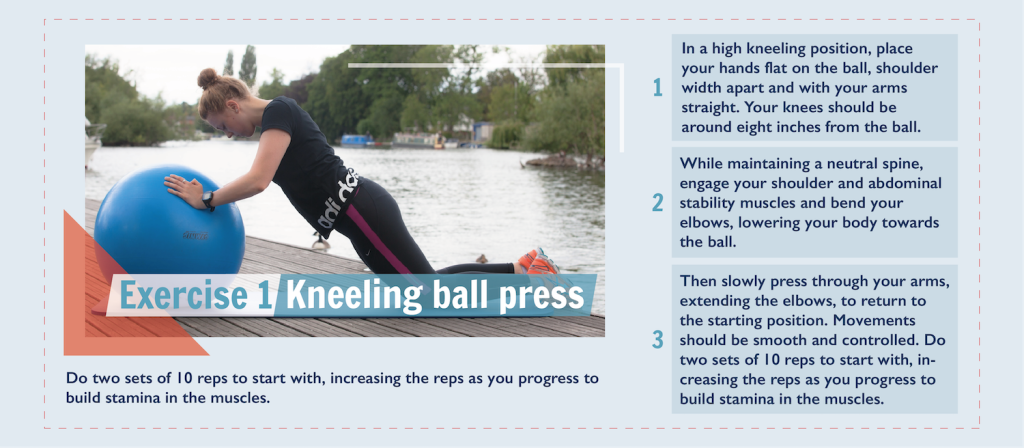
How to increase the challenge
- Perform a normal full press-up with your hands on a Sitfit (stability cushion).
- For maximum challenge, perform the press-up with one hand in the centre of the cushion.
Tip
Keep your spine in neutral and avoid poking your chin forward.

How to increase the challenge
These variations make it harder and more geared to sweep rowing:
- Use one hand placed in the centre of the ball.
- Tighten your glutes and extend one leg a small distance behind, keeping it straight. Repeat with the other leg. This again challenges the rotational control in the body and works the global gluteal muscles.
Tip
Engage your shoulder stability muscles to stop the scapulae (shoulder blades) moving outwards.

This gym ball exercise will combine the large gluteal muscles, so important for the leg drive, with the core stabilisers
How to increase the challenge
- Take one arm out to the side to challenge rotational stability. Do 10 reps with one arm and then change sides.
- You can further increase the challenge by holding a weight in the extended hand. This will work the rotational stability muscles in the spine.
Tip
Try not to over-engage your hamstrings – use your gluteal muscles as well. Don’t over-extend your spine.
Photo credit: Iain Weir


